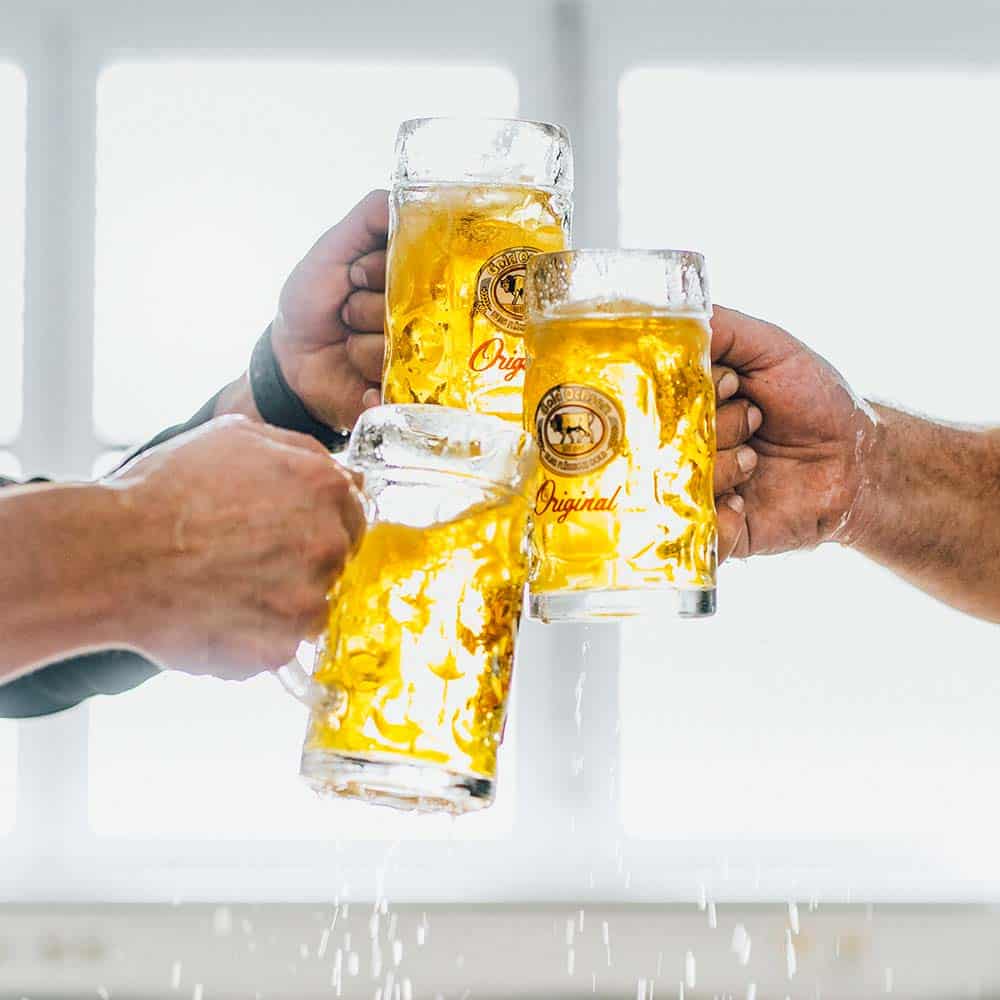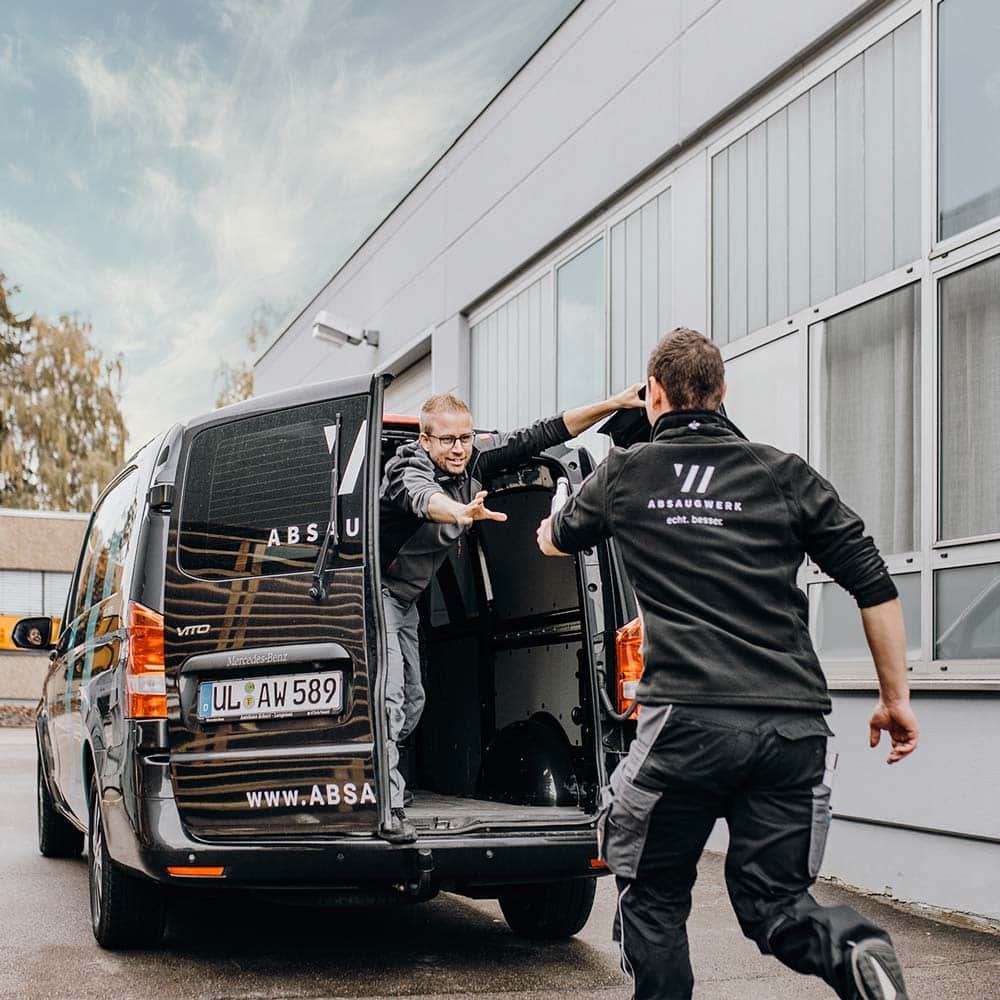42. BImSchV
Federal Immission Control ActGoals and contents of the 42. BImSchV
The Immission Control Ordinance is designed to prevent the health risk posed by Legionella bacteria, which can multiply in the water systems of evaporative cooling systems, wet separators and cooling towers and spread both via recirculated air and in the form of fine aerosols in the exhaust air. The 42. BImSchV contains applicable technical and organizational obligations for the construction and operation of such systems, as inhalation of legionella can lead to severe pneumonia. We have summarized the most important rules and created a checklist for wet separator operators.
Validity
Which units are covered by the 42. BImSchV?
The 42. BImSchV regulation covers wet separators, evaporative cooling systems and cooling towers. Certain facilities are exempt because of their construction or operation, or the environmental conditions in which they operate, as the possibility of Legionella proliferation is considered low. Further information on the 42. BImSchV
To whom does the 42. BImSchV apply?
The 42. BImSchV applies to manufacturers and operators of wet separators, evaporative cooling systems and cooling towers.
BImSchG
Process
The BImSchG procedure (in accordance with the 42nd BImSchG) is a licensing procedure that must be gone through for plants requiring a license in accordance with the 42nd BImSchV in order to obtain the corresponding proof of safe operation. The aim is to protect people and the environment from unacceptable effects of the installations, e.g. by legionella, as these can cause severe respiratory diseases.
What are units requiring a permit/approval according to 42. BImSchG?
The construction and operation of industrial units that may cause harmful environmental effects due to legionella in service water require a permit in accordance with the Federal Immission Control Act (BImSchG). This concerns evaporative cooling systems, cooling towers and wet separators.
When do I need a BImSchG permit?
Systems such as evaporative cooling systems, cooling towers, and wet separators require a permit if a harmful environmental impact could occur or the general public/neighborhood could be endangered.
A distinction must be made between:
- A new plant is planned (initial approval)
- A change is made to a facility that has already been approved (modification)
- A change is made to a facility that does not require a permit and the change causes the facility to become subject to the permit requirement
Implementation
According to §14 of the 42nd BImSchV, evaporative cooling systems, cooling towers and wet separators must be inspected regularly by an inspection body or an expert. This is an obligation for the operator.
The enforcement of the 42. BImSchV is the responsibility of the district administrative authorities.
Checklist
42. BImSchV
The following documents should ideally be available for verification of proper unit operation:
- Operating diary (for mandatory information, see Annex 3 of the 42nd BImSchV)
- Technical documentation of the unit
- Maintenance/maintenance plans (if available) Confirmation of registration of the plant with KaVKA-42BV (register of evaporative cooling plants according to 42. BImSchV) at kavka.bund.de
- Laboratory reports of previous laboratory tests according to 42. BImSchV (legionella concentration / colony counts)
- Protocols of sampling according to 42. BImSchV (Legionella concentration / colony counts)
- Proof that the laboratory is accredited according to 42. BImSchV
- Data sheets of the chemicals used
- Risk assessment (if required)
- Other relevant documents related to the hygienic operation of the unit


